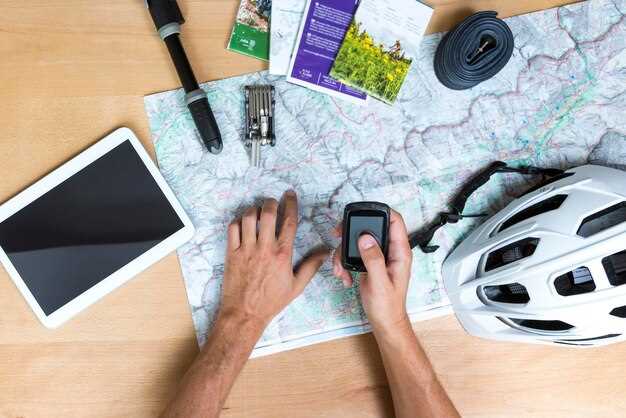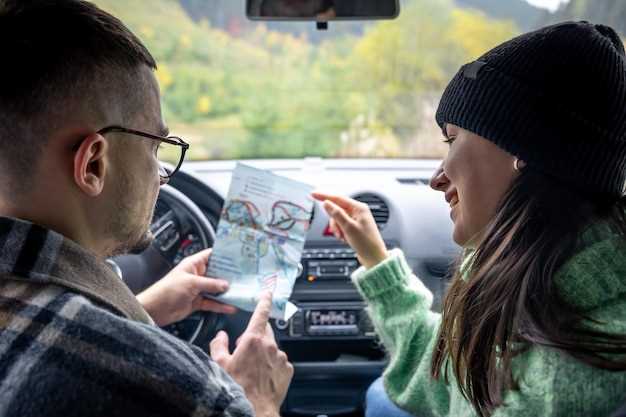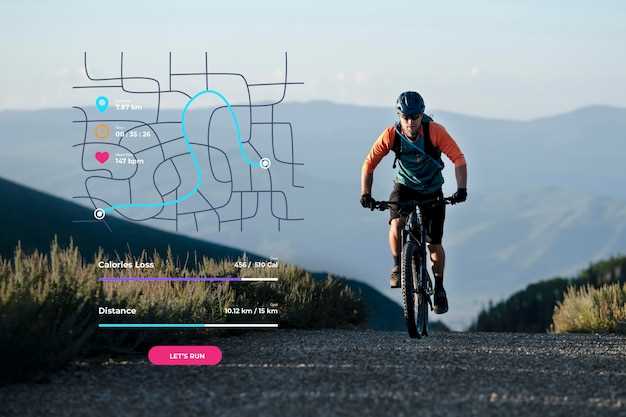
In the world of off-road racing, GPS navigation has become an indispensable tool that significantly influences the performance and safety of racers. Traditional navigation methods, heavily reliant on maps and compass, are increasingly being replaced by high-tech solutions that offer real-time data and precise location tracking. As the terrain grows more challenging and unpredictable, the use of GPS technology provides racers with a competitive edge, enabling them to navigate complex courses with confidence.
The incorporation of GPS systems in off-road racing not only enhances route planning but also optimizes speed management. With access to detailed topographical maps and terrain overlays, drivers can make informed decisions on when to accelerate, brake, or navigate sharp turns. This technological advancement allows for a more strategic approach to racing, shifting the focus from mere speed to skillful navigation through rugged landscapes.
Moreover, the integration of GPS technology enhances safety for both participants and spectators. By providing real-time tracking information, race organizers can effectively monitor each vehicle’s location, ensuring quick response actions in case of emergencies. This level of awareness fosters a safer racing environment, ultimately attracting more enthusiasts to the sport and promoting the growth of off-road racing as a thrilling and dynamic experience.
Choosing the Right GPS Devices for Off-Road Racing

Selecting the appropriate GPS device is crucial for success in off-road racing. The right GPS can enhance navigation, ensuring drivers stay on course and maximize their performance. When choosing a device, it is important to consider several key factors.
Firstly, ensure the GPS is built specifically for off-road conditions. It should be rugged, weather-resistant, and capable of withstanding the harsh environments typically encountered during races. Additionally, a good GPS device will offer features such as large screens for easy viewing and customizable maps that can display the unique terrain encountered in off-road racing.
Secondly, battery life is a vital consideration. Off-road races can last for hours, and a GPS device should have a long-lasting battery to prevent interruptions. Look for devices that offer extended battery life or the ability to be charged on the go.
Moreover, the accuracy of GPS tracking is essential. You need a device that provides real-time location updates and can effectively cover the racing terrain. Opt for devices utilizing advanced satellite systems for improved accuracy under various conditions.
It’s also beneficial to choose a GPS with off-road specific features such as waypoints, routes, and trail tracking. These functions enable racers to plan their routes strategically and navigate difficult terrains efficiently. Compatibility with other devices or apps can further enhance the racing experience by integrating crucial data.
Lastly, consider ease of use. A user-friendly interface simplifies navigation and helps racers focus on their performance rather than struggling with technology. Reading reviews and testing different models can inform your decision and lead to a selection that will ultimately improve your race day performance.
Integrating GPS Data for Real-Time Performance Monitoring

In the realm of off-road racing, the integration of GPS technology has revolutionized the way competitors approach real-time performance monitoring. Modern racing tech leverages GPS data to provide a comprehensive overview of vehicle dynamics, enabling drivers and teams to make informed decisions on the fly.
Key advantages of utilizing GPS data in off-road racing include:
- Real-Time Tracking: GPS systems offer precise location tracking, allowing teams to monitor their position on the course accurately. This improves navigation and helps avoid potential pitfalls.
- Performance Metrics: By analyzing GPS data, teams can evaluate various performance metrics such as speed, acceleration, and braking patterns. This data is essential for optimizing vehicle setup.
- Route Optimization: Real-time GPS information allows racers to adapt their route based on current conditions, enhancing efficiency and potentially saving time on challenging terrains.
- Strategic Planning: Teams can utilize live GPS feeds to develop strategies for overtaking competitors or managing fuel consumption, ensuring better overall race management.
- Telemetry Integration: Combining GPS data with other telemetry systems provides a holistic view of vehicle performance. This integration enables deeper insights into how racing tech affects speed and handling.
The implementation of GPS technology in off-road racing is not just about location; it’s about harnessing data to enhance competitiveness. By continuously monitoring performance data, teams can make real-time adjustments that lead to improved race outcomes.
In conclusion, incorporating GPS data into off-road racing strategies significantly enhances performance monitoring, offering insights that can be the differentiator between winning and losing. The evolution of racing tech utilizing GPS capabilities marks a new era in optimizing race strategies and achieving peak performance.
Map Customization Techniques for Unique Racing Environments
In the realm of off-road racing, leveraging GPS technology has become essential for enhancing competitive performance. One pivotal aspect is the customization of maps to suit unique racing environments, which can significantly influence navigation strategies and overall racing efficiency.
Enhancing maps starts with integrating specific geographic data relevant to the racing terrain. This includes elevation changes, water bodies, and vegetation, which can vary widely across different racing locales. By employing specialized software, racers can overlay this data onto their GPS systems, creating a comprehensive visual representation that identifies potential hazards and optimal pathways.
Additionally, racers can utilize Waypoint customization to mark critical locations, such as checkpoints, pit stops, and areas of high difficulty. This allows for pre-planned navigation routes that guide drivers through the racing course effectively. These Waypoints can be adjusted in real-time based on live feedback, adapting to changing conditions or unexpected obstacles encountered during a race.
Incorporating user-generated content is another powerful technique. Racers can share insights on particular trails, adding layers of valuable information that may not be readily available in typical GPS maps. This communal knowledge base enhances map detail, providing racers with a richer understanding of the racing environment, which can be the difference between success and failure in intense competitions.
Moreover, utilizing advanced features like terrain shading and 3D mapping can vastly improve orientation and spatial awareness. These visual enhancements allow racers to gauge steepness or track conditions at a glance, enabling them to make informed adjustments to their racing strategies on-the-fly.
Finally, continuous testing and feedback play crucial roles in refining customized maps. After each race, reviewing performance against the pre-defined routes allows racers to pinpoint what worked and what didn’t, leading to subsequent iterations of map adjustments. This iterative process ensures that each racing environment is navigated with maximum efficiency and safety.



